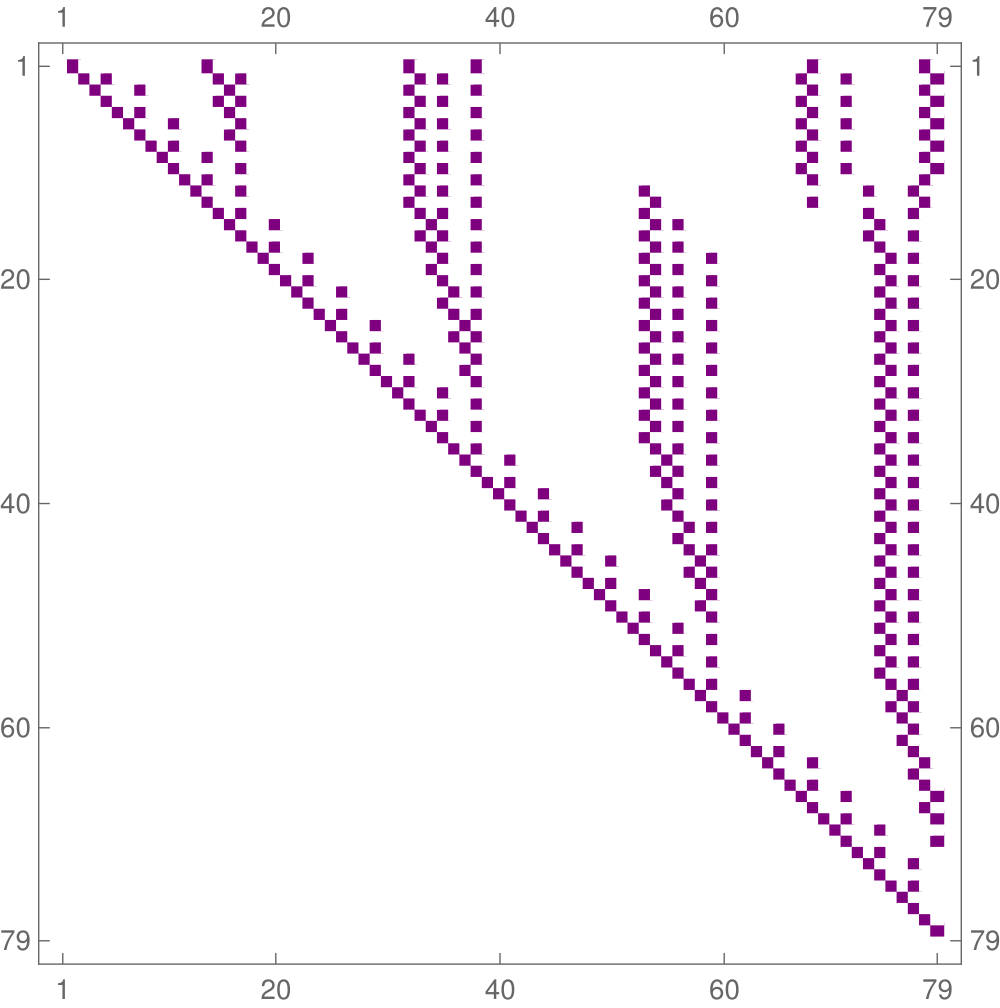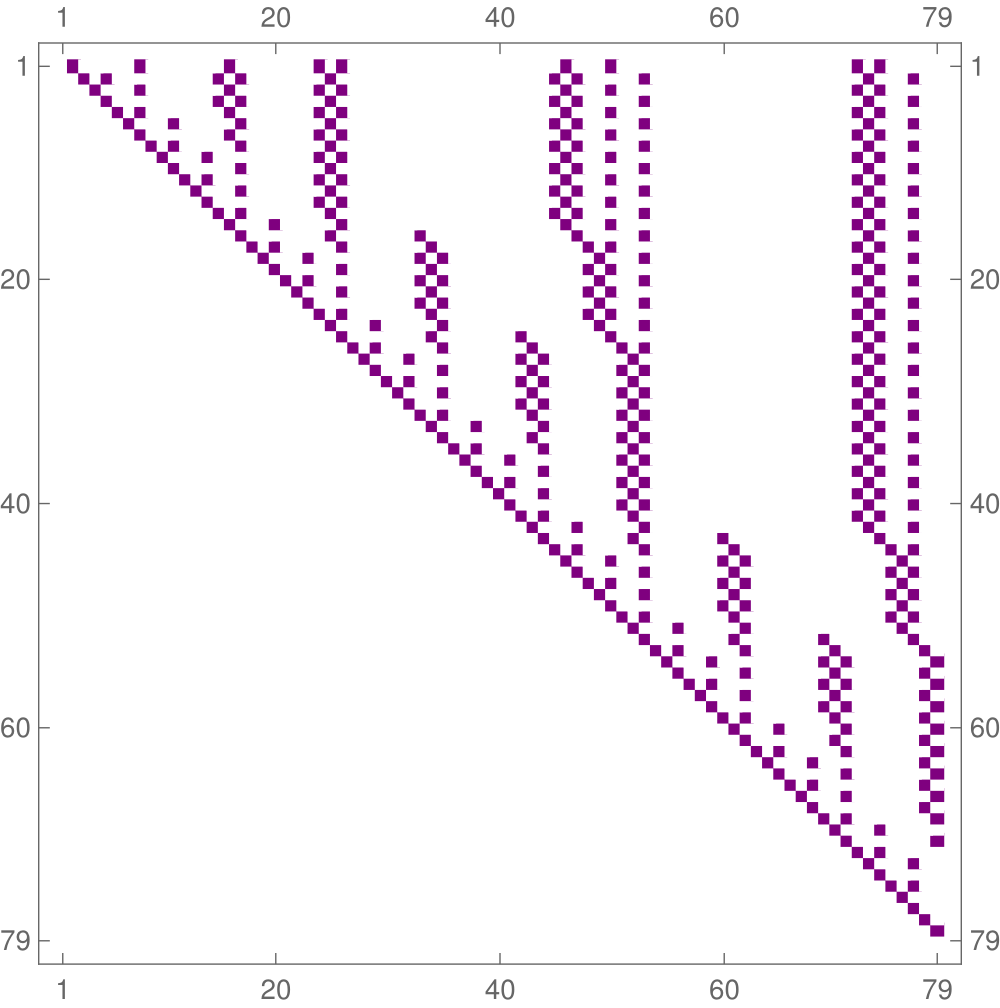Data
- Title: On a symplectic quantum Howe duality
- Authors: Elijah Bodish and Daniel Tubbenhauer
- Status: Math. Z. 309 (2025), no. 4, Paper No. 68. Last update: Wed, 12 Feb 2025 04:54:44 UTC
- ArXiv link: https://arxiv.org/abs/2303.04264
- Code on GitHub: Click and Click
Abstract
We prove a nonsemisimple quantum version of Howe's duality with the rank 2n symplectic and the rank 2 special linear group acting on the exterior algebra of type C. We also discuss the first steps towards the symplectic analog of harmonic analysis on quantum spheres, give character formulas for various fundamental modules, and construct canonical bases of the exterior algebra.
A few extra words
A cornerstone of modern invariant theory are Schur-Weyl-Brauer dualities, which allows
one to play two commuting actions on tensor space against one another.
Building on earlier work,
these dualities were generalized far beyond tensor space by Howe in the legendary 1995
Schur lectures. Howe's goal, that was achieved
magnificently, was to present a new approach to classical invariant theory.
As Howe points out, classical invariant theory, historically speaking,
was mostly about group actions on symmetric algebras
or, less classical, on exterior algebras. Howe reformulated these actions in the
double centralizer (or double commutant) approach of Schur-Weyl-Brauer dualities, and the outcome
is what we call Howe dualities.
An example of a Howe duality
(here formulated for the Lie algebra instead of the Lie group) reads as follows.
Consider the \(\mathbb{C}\)-vector space \(\Lambda_{\mathbb{C}}:=\Lambda_{\mathbb{C}}(\mathbb{C}^{m}\otimes\mathbb{C}^{n})\),
i.e. the exterior algebra of \(\mathbb{C}^{m}\otimes\mathbb{C}^{n}\). Then:
- There are commuting actions of \(U_{\mathbb{C}}(\mathfrak{gl}_{m})\) and \(U_{\mathbb{C}}(\mathfrak{gl}_{n})\) on \(\Lambda_{\mathbb{C}}\).
- These actions generate each others centralizer.
- There is an explicit \(U_{\mathbb{C}}(\mathfrak{gl}_{m})\text{-}U_{\mathbb{C}}(\mathfrak{gl}_{n})^{op}\)-module decomposition of \(\Lambda_{\mathbb{C}}\) pairing a Weyl module and a dual Weyl module.
The starting point of this paper is to take the easiest of Howe's dualities outside of type A and to prove it in the nonsemisimple and quantum case. It turns out that the easiest is the following, which is the main theorem of this paper. Let \(\mathcal{A}=\mathbb{Z}[q,q^{-1}]\), and let \(\Lambda_{\mathcal{A}}\) be the exterior algebra of the symplectic quantum vector representation.
- There are commuting actions of \(U_{\mathcal{A}}(\mathfrak{sp}_{2n})\) and \(U_{\mathcal{A}}(\mathfrak{sl}_{2})\) on \(\Lambda_{\mathcal{A}}\).
- These actions generate each others centralizer.
- There is an explicit statement which, after specialization to the semisimple case, gives a \(U_{\mathcal{A}}(\mathfrak{sp}_{2n})\text{-}U_{\mathcal{A}}(\mathfrak{sl}_{2})\)-module decomposition of \(\Lambda_{\mathcal{A}}\) pairing a Weyl module and a dual Weyl module.


